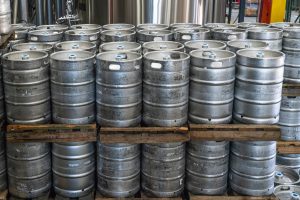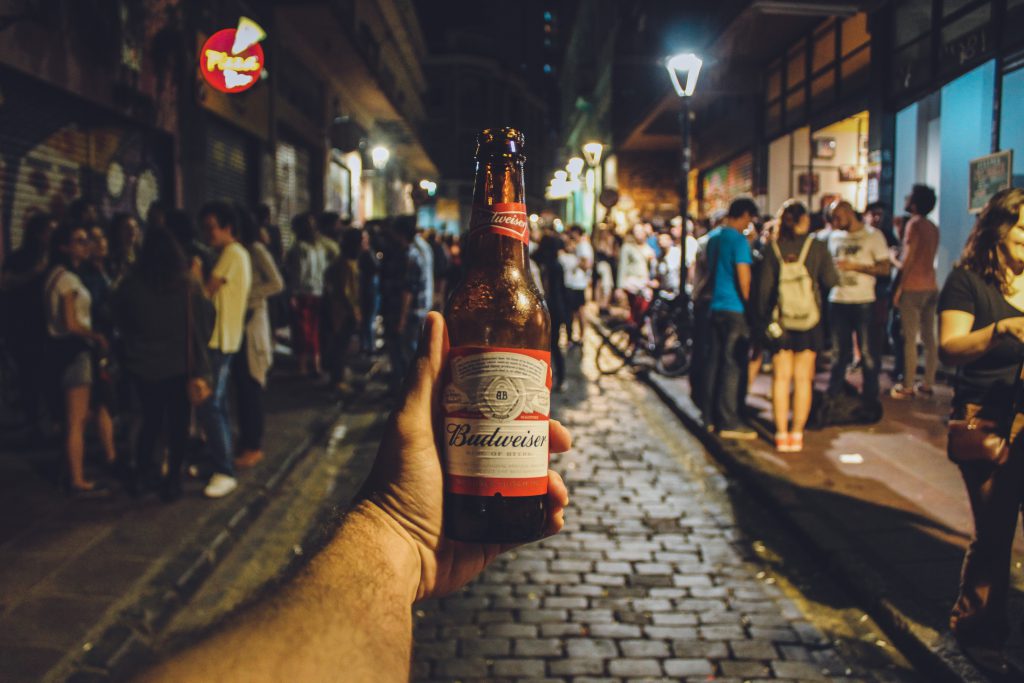
Stephen and Rae Ann Gruver, parents of Max Gruver, 18, also lost their son in 2017 during his freshman year at Louisiana State University. Gruver was found unresponsive at a fraternity house following an initiation ritual where pledges must drink each time they answer a question about the fraternity’s history incorrectly.
According to data compiled by Franklin College professor Hank Nuwer, 40 university students have died from hazing-related events in the last decade alone. The Piazzas and the Gruvers want change.
Interfraternity conference partners with parents to reduce hazing
Last month the North American Interfraternity Conference (NIC) and National Panhellenic Conference (NPC) announced they have joined together with the Piazzas, the Gruvers, and the parents of two other students, Marquise Braham and Harrison Kowiak, who died as a result of fraternity hazing to fight this pervasive campus crime. The coalition aims to create and enforce better anti-hazing legislation, increase awareness and intervention education, and educate high school students about hazing and bullying.
The NIC has gone one step further by introducing a conference-wide standard prohibiting any hard alcohol in their chapter facilities or at chapter events. The organization, which supports 66 member fraternities and over 6,100 chapters on 800 campuses, will require each member fraternity to adopt and implement this policy by September 1, 2019.
In a press release announcing the ban, Judson Horras, NIC president and chief executive officer, said, “At their core, fraternities are about brotherhood, personal development and providing a community of support. Alcohol abuse and its serious consequences endanger this very purpose.”
The conference website reports that “nearly all hazing and over-consumption deaths in the past two years have involved high-percentage alcohol beverages.” But will a ban on hard alcohol, defined by the NIC as any alcohol product above 15% ABV, reduce injury and deaths from alcohol-related hazing?
Increasing awareness and education about hazing

Since announcing the ban, the NIC has not outlined how the policy will be enforced. In the last year, however, the organization has ramped up many of their health and safety initiatives, including the adoption of a medical Good Samaritan policy to encourage students to call 911 if they see someone who needs medical attention. They are also providing required health and safety educational programming to all of their chapters, covering topics like alcohol and drugs, hazing, and sexual abuse and harassment.
Travis agrees that greater awareness and education efforts will be vital to reducing fraternity hazing culture. “We can definitely educate through some of this,” she says. While a ban on its own won’t be enough for Travis, in her experience skill-building around topics affecting students does begin to move the needle. “If really wanting to be intentional and they’re wiling to go the extra mile to do some serious, let’s-get-down-to-the-nitty-gritty educational sessions about it, then that’s another thing.”
Through her work with local Panhellenic councils, she’s seen Greek culture change over the last several decades. Along with awareness and education efforts, Travis credits some of that positive shift to chapters who model strong social norms and moral codes for current and incoming members.
“Some things you definitely call out when you cross that line,” says Travis. “If you’re drinking a whole gallon of bourbon or something in 30 minutes, that’s a line. There’s clear evidence of where the line is when you’re drinking liquor. There’s a line that the law has drawn for what we call drunk.”
Criminal charges and civil suits won’t bring their sons back
Max Gruver’s blood alcohol content at his time of death was 0.495, more than six times Louisiana’s legal driving limit. Tim Piazza’s was 0.496, more than six times Pennsylvania’s legal driving limit.
The same week the NIC announced its ban, the Piazza family settled a lawsuit against Beta Theta Pi fraternity. As part of the settlement, all Beta Theta Pi chapter houses must be alcohol-free by August 2020. But just weeks before their settlement, a Pennsylvania judge dismissed all charges of involuntary manslaughter and reckless endangerment against six Penn State students.
Max Gruver’s parents have filed a lawsuit against LSU, Phi Delta Theta, and several of its members. Criminal charges are still pending against four former LSU students alleged to be involved in Gruver’s death.
While banning hard alcohol in fraternities moving forward may prevent injury or death for future students, for the Piazza’s and the Gruver’s, it won’t bring their sons back. “While we may seem like strange bedfellows,” said Jim Piazza in the anti-hazing coalition press release, “we all want the same thing—to end hazing, so other parents don’t have to experience what we have.”

